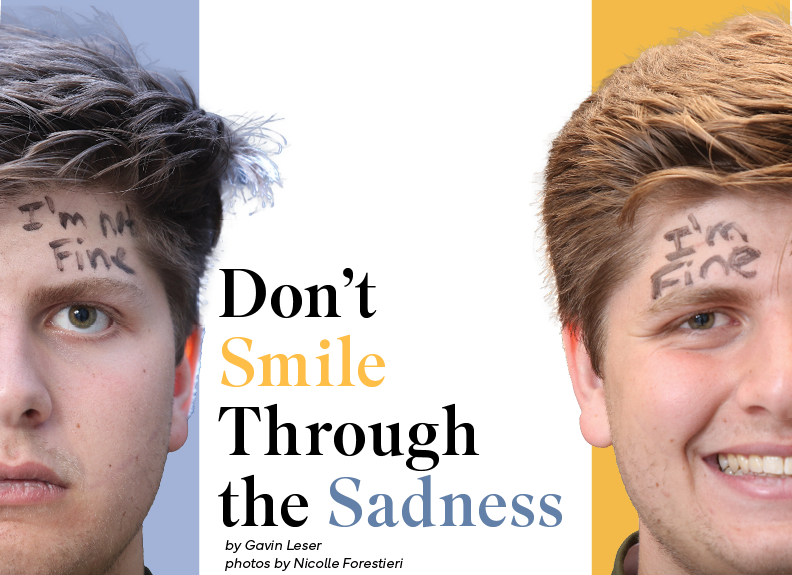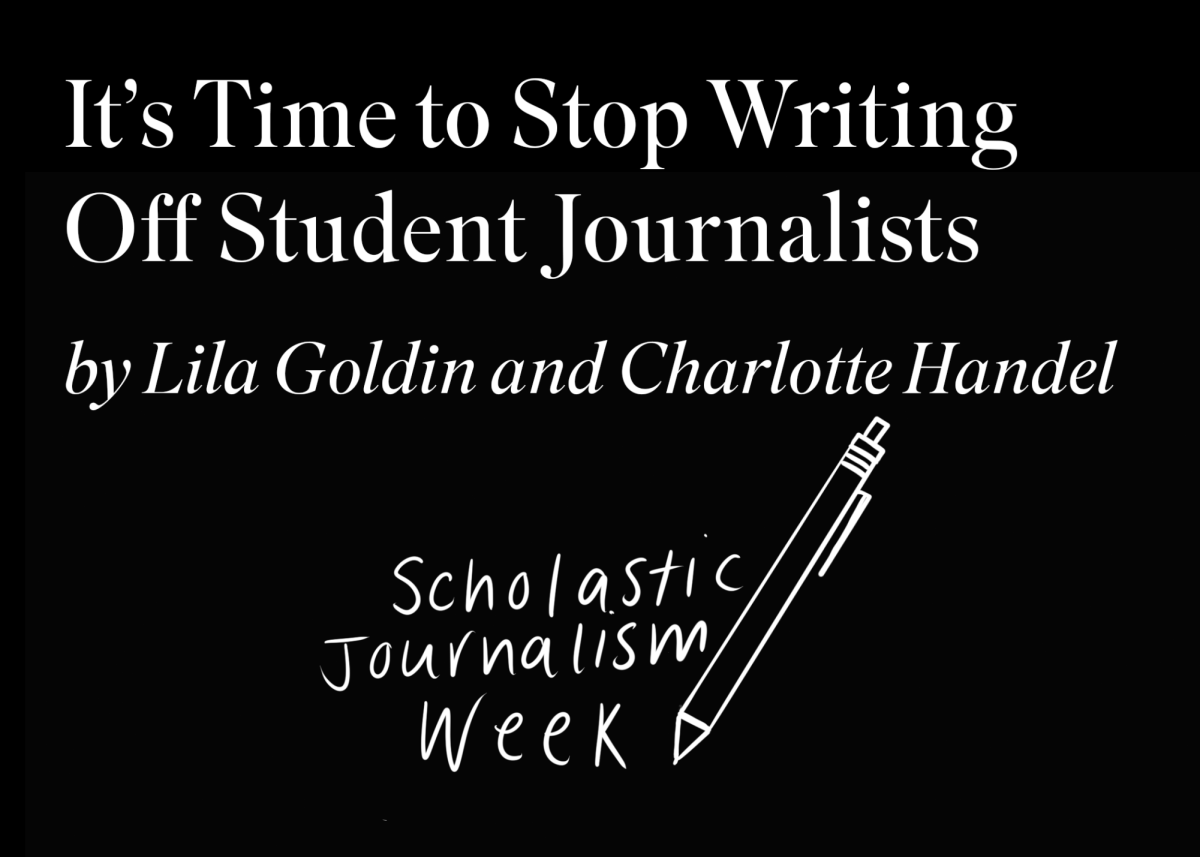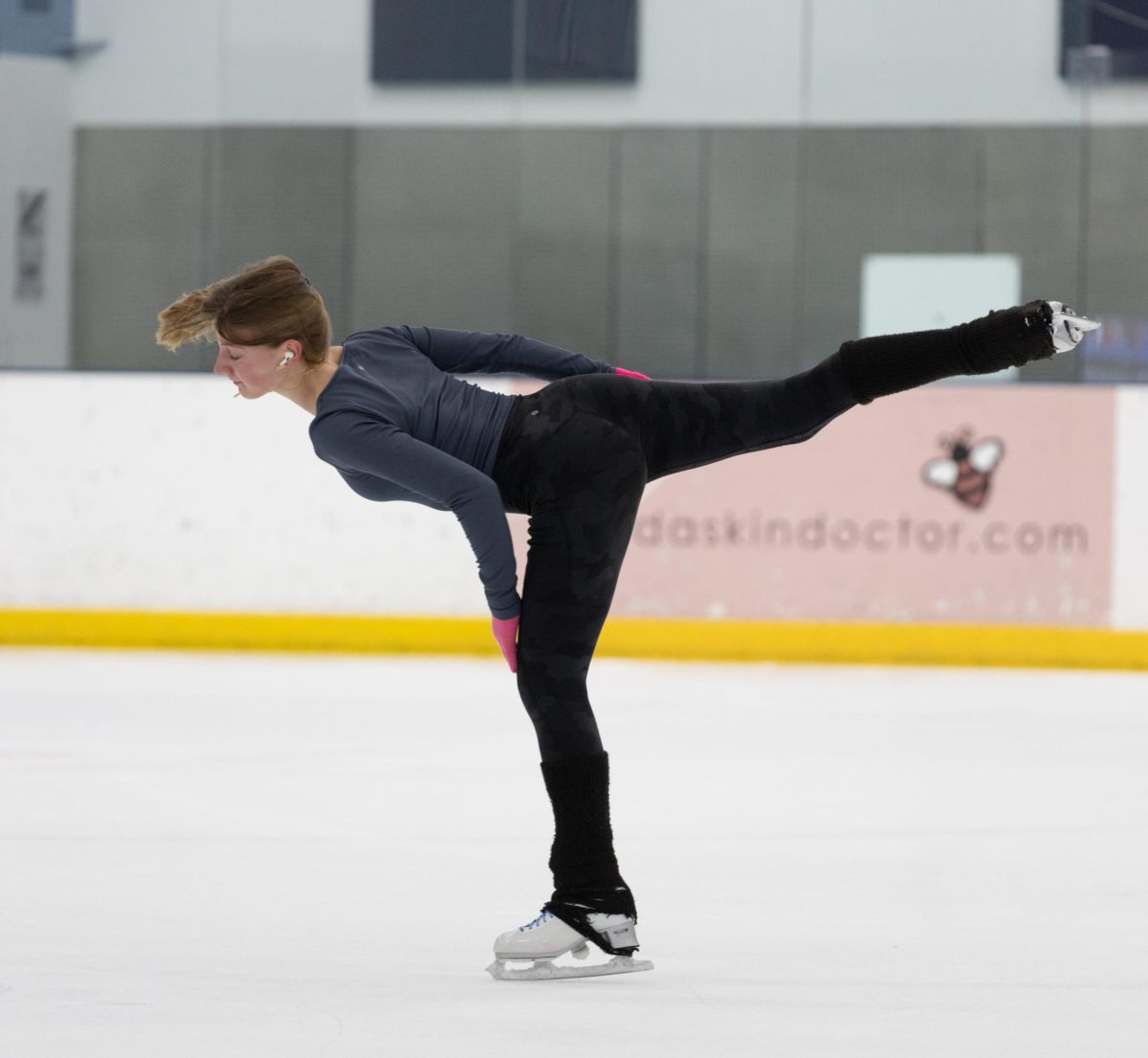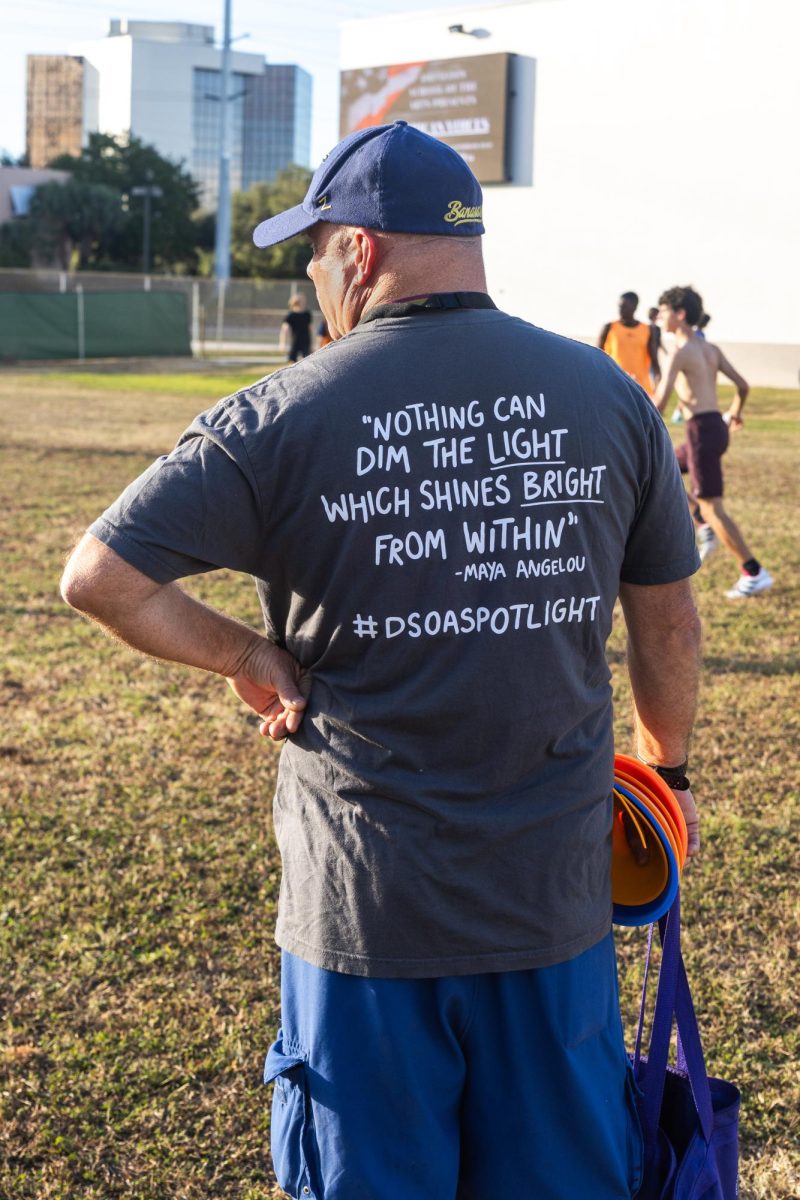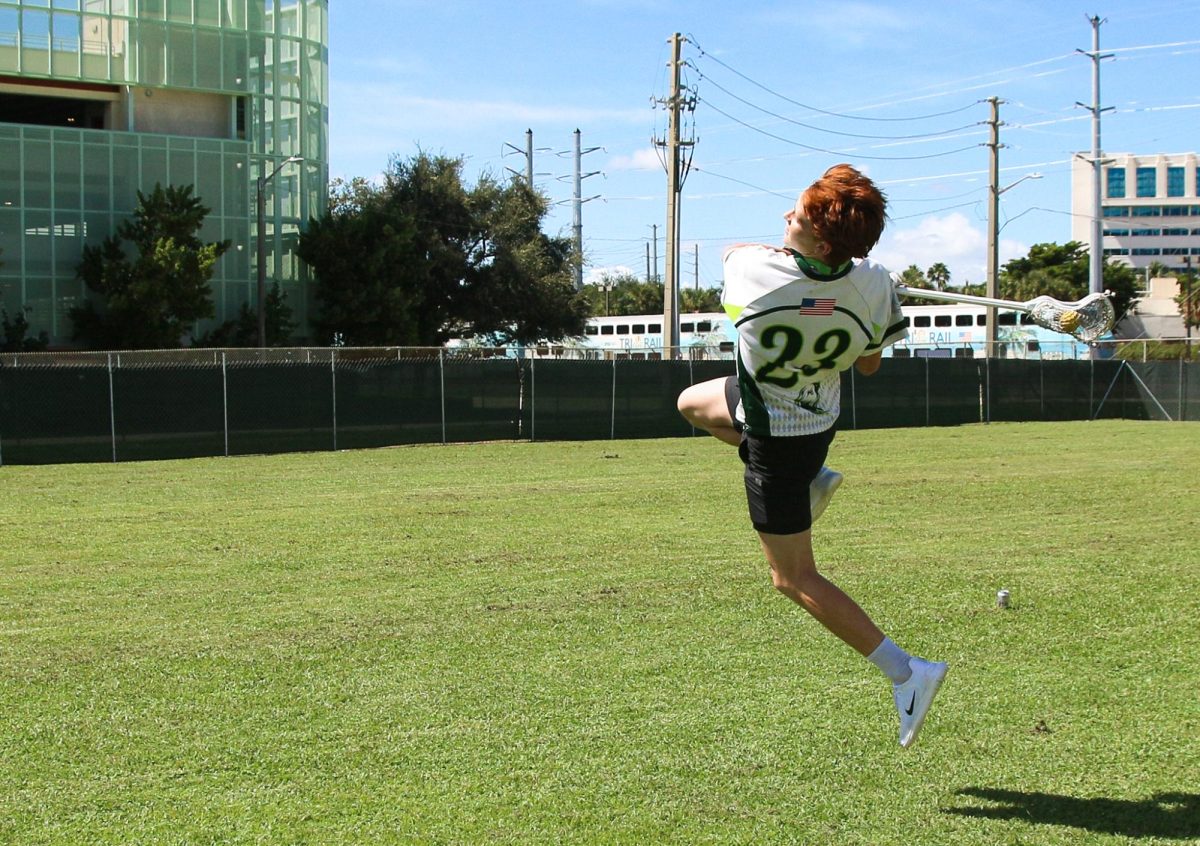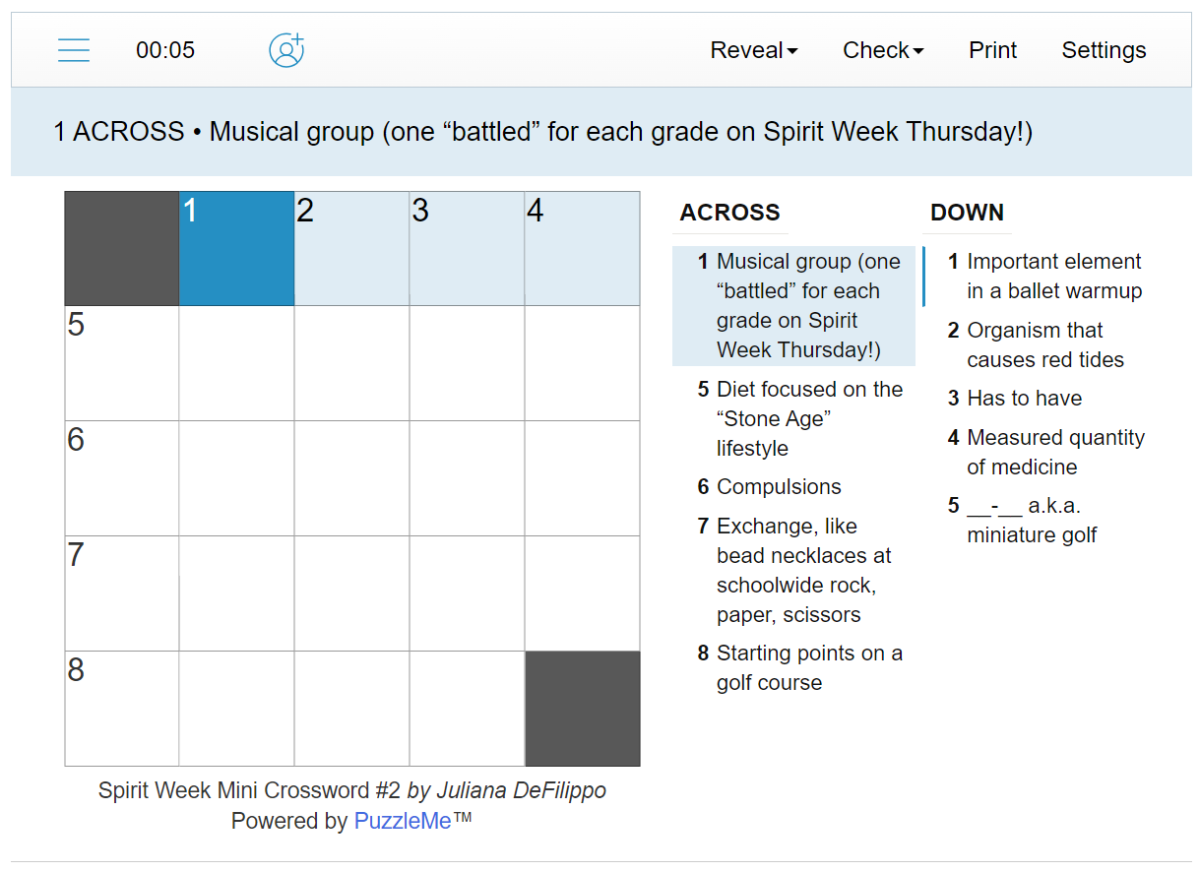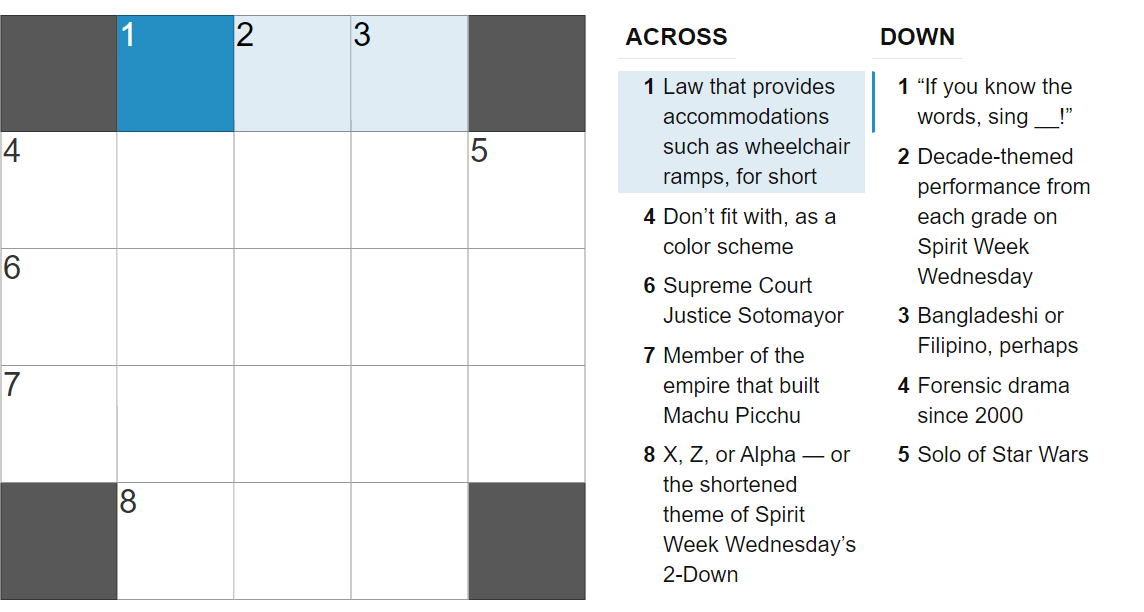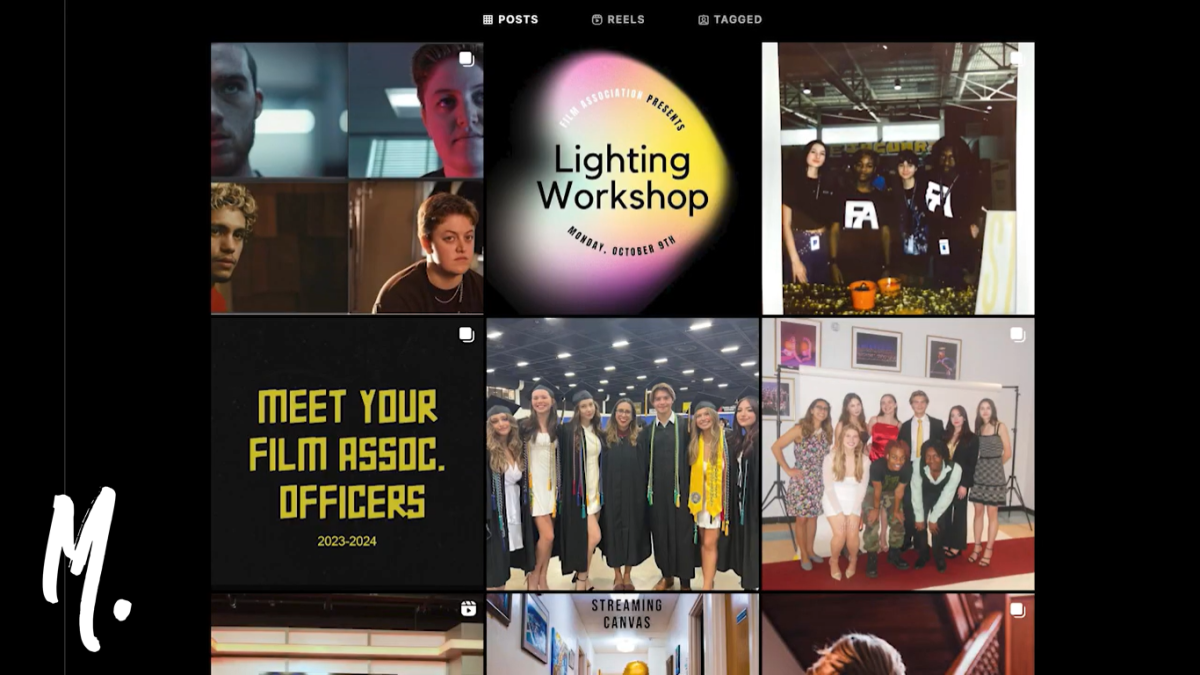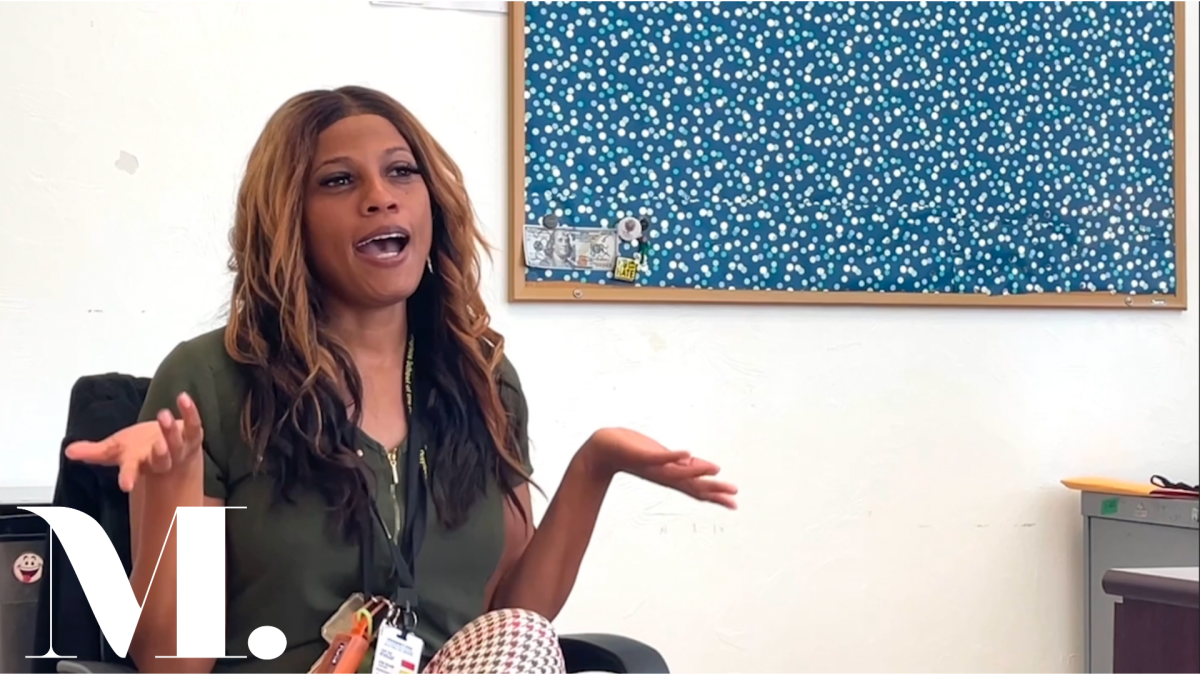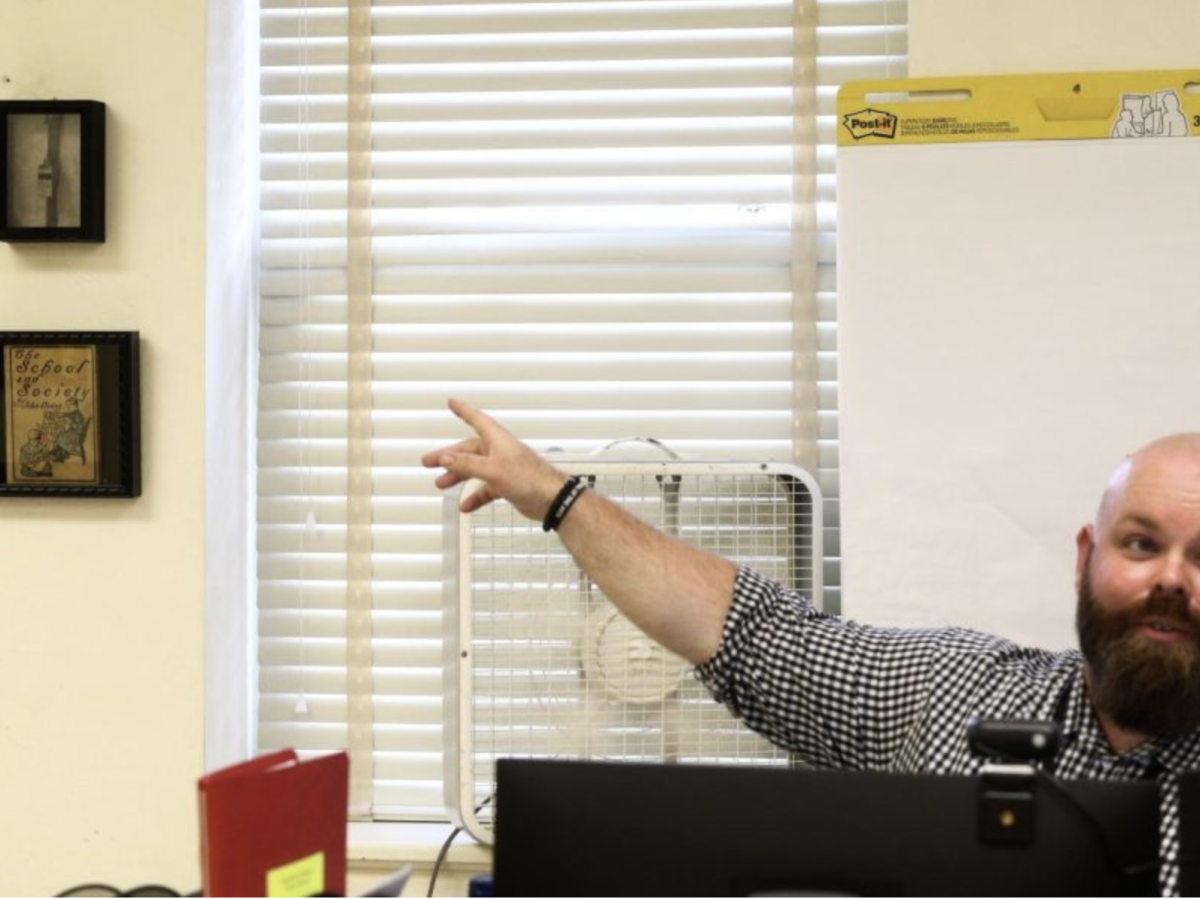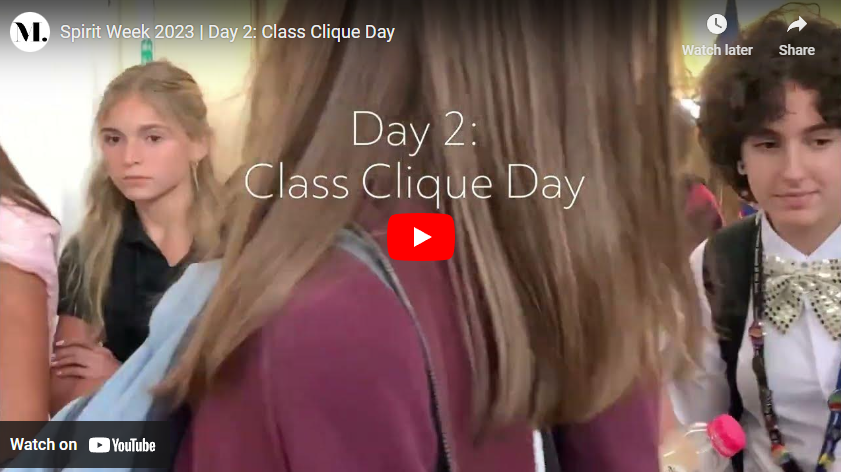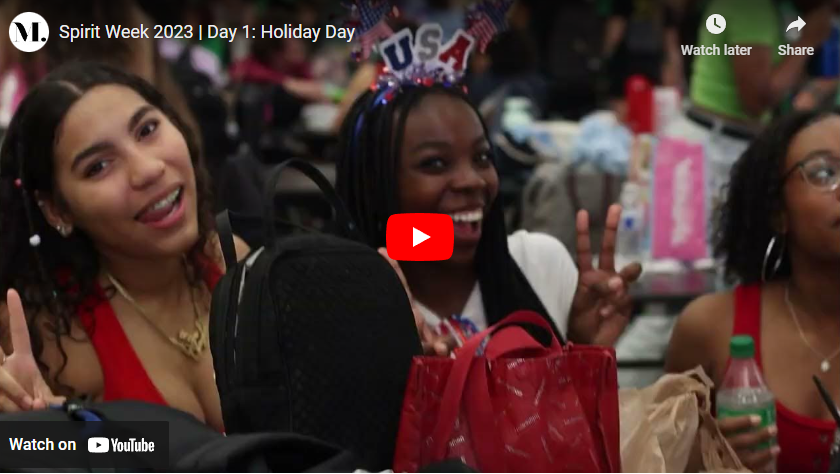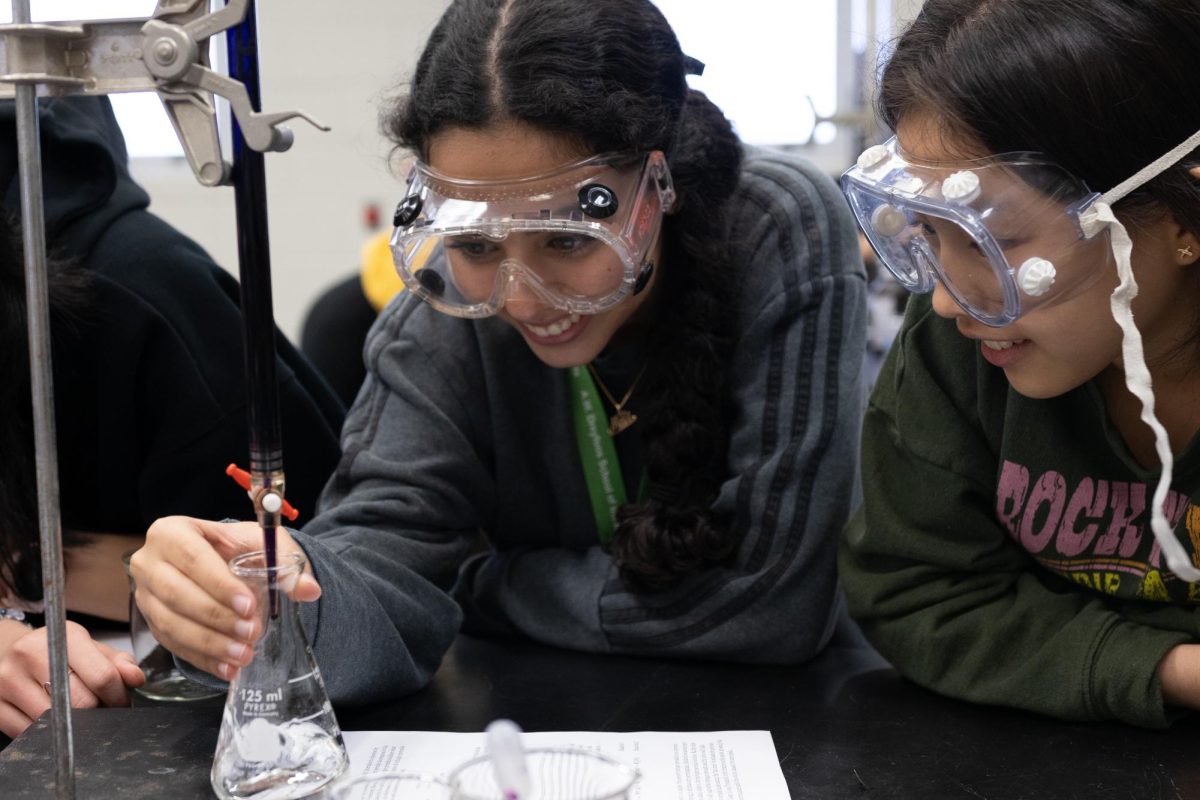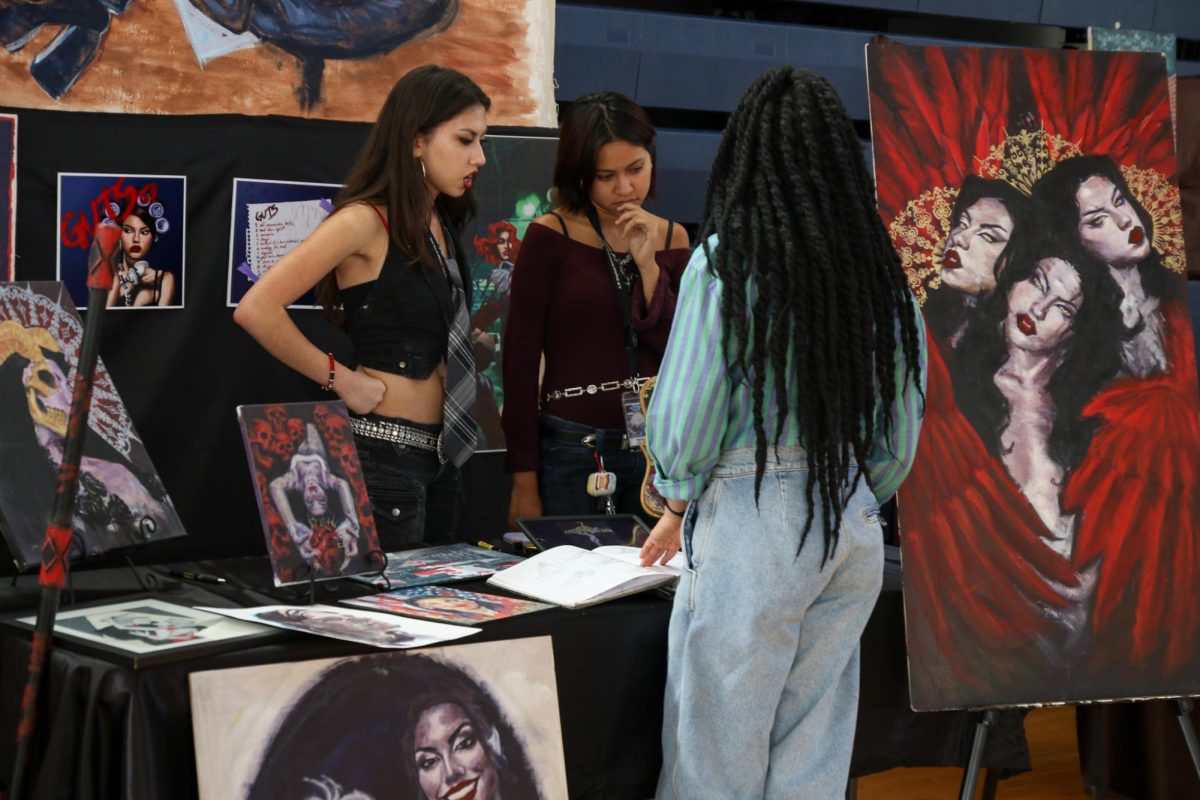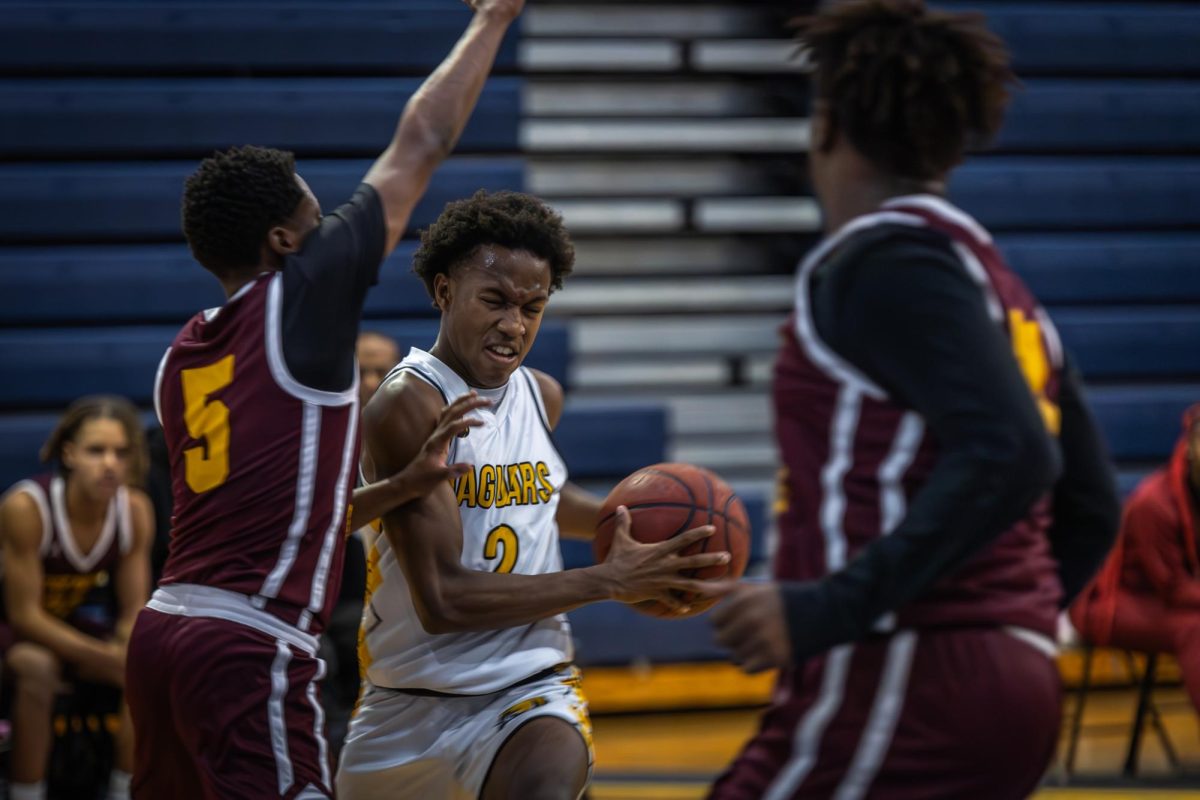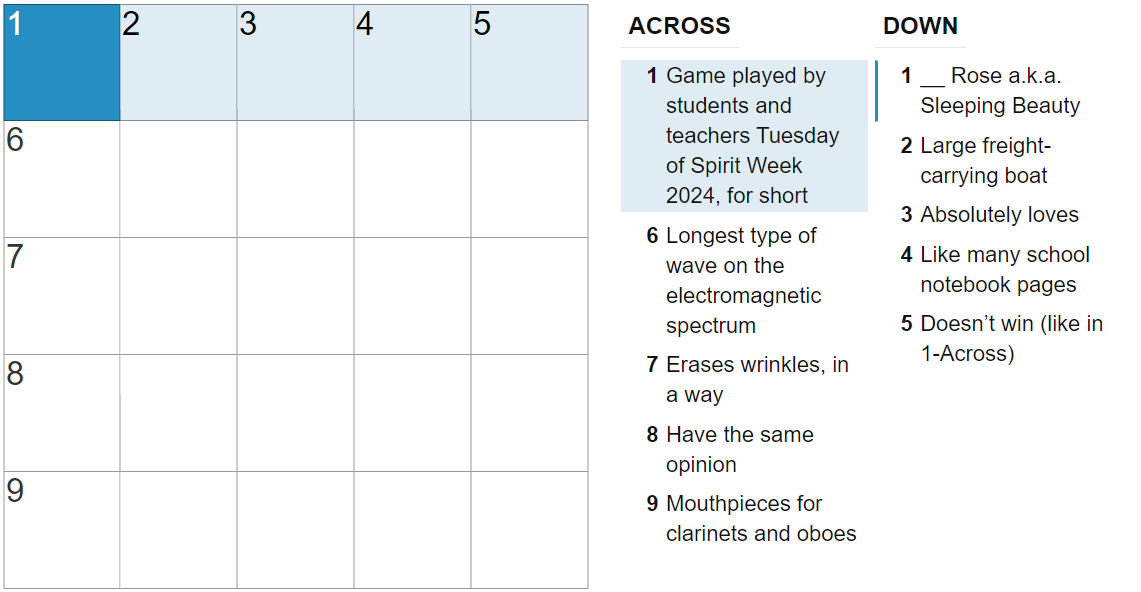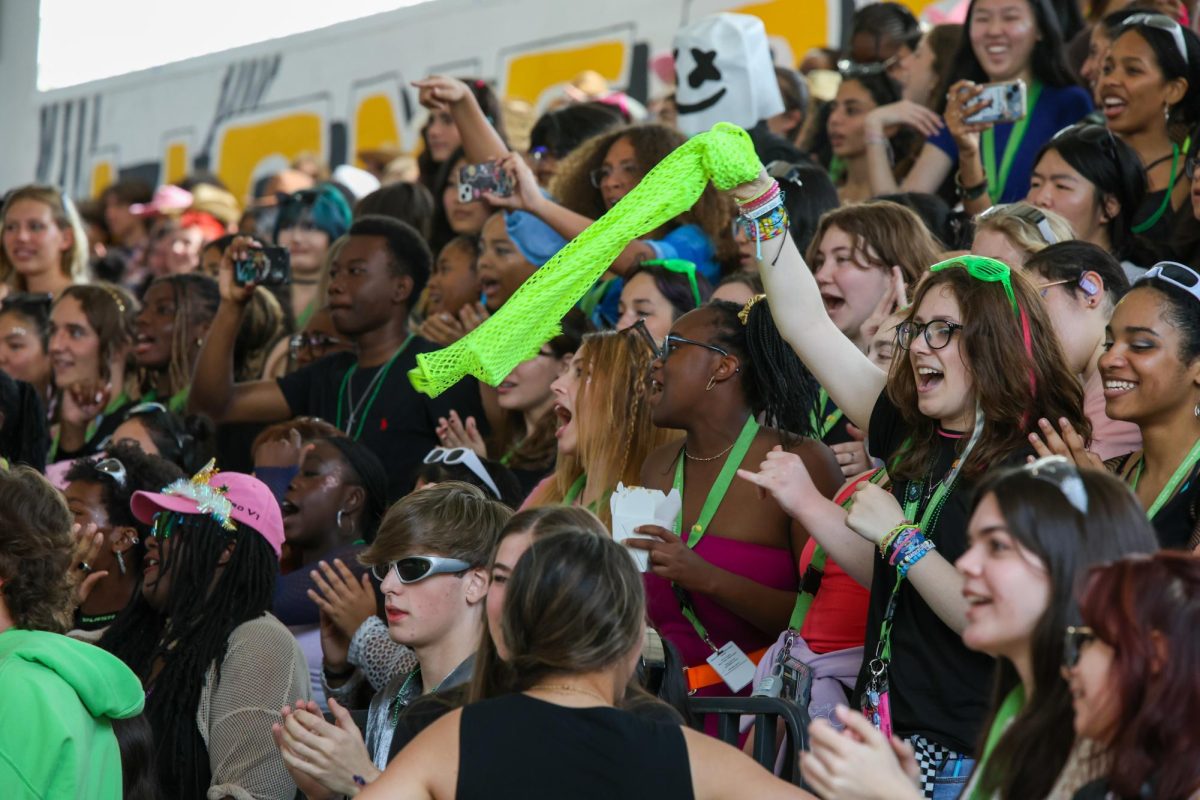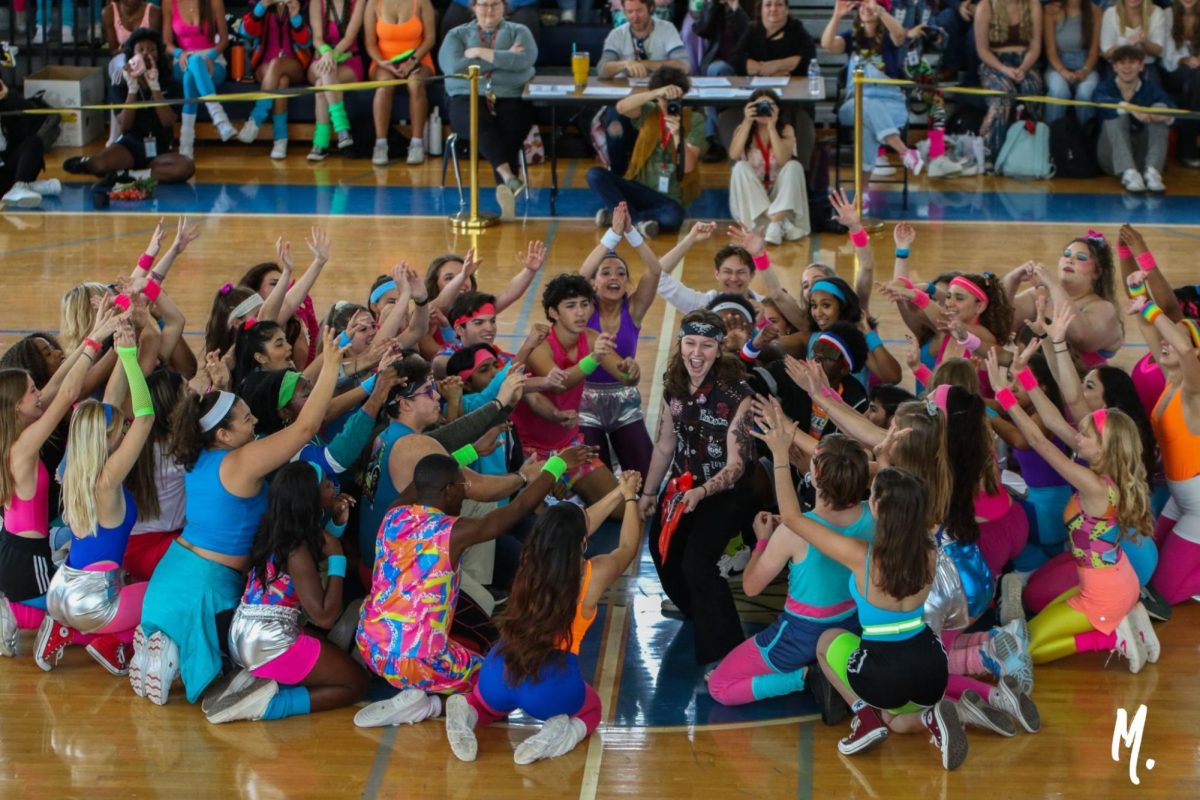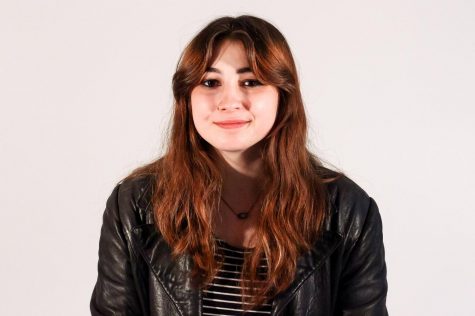When I purchased a ticket for “The Goldfinch,” I knew nothing of its previous reviews. I entered the theater with an open mind and a bucket of popcorn and sat down in one of many open seats. Little did I know, I was about to waste my Friday on a perfect example of “the book was better.”
Donna Tartt’s 2013 novel “The Goldfinch” tells Theodore (Theo) Decker’s story, beginning after his mother died in the bombing of the Metropolitan Museum of Art. In John Crowley’s 2019 film adaptation, it cuts down the 800-page book into a mere two and a half hours.
The film, which premiered at the Toronto Film Festival on Sept. 8, 2019, was released to the public five days later, on Friday. It made a disappointing $2.7 million in theaters on opening weekend and received a 27% on Rotten Tomatoes.
Although many were skeptical that an adaptation of such an emotionally complex book would be feasible, they were enthused by the cast. While it stars a few big Hollywood names, like Nicole Kidman, Sarah Paulson, Ansel Elgort (as adult Theo), and Finn Wolfhard as Theo’s best friend, Boris, one of the main characters, young Theo, is played by breakout star Oakes Fegley.
*DISCLAIMER: There are a few spoilers in the paragraphs to come. If you plan on seeing “The Goldfinch,” or even reading it, you may not want to proceed.
“The Goldfinch” is an incredibly slow-burning film. It begins with older Theo reflecting on his past, which then transitions to the day his mother died. He has to stay with his mother’s family friends until one day his dad, who had left him at a young age, shows up. Theo is then forced to go with his mercenary father to Vegas, where he meets Boris, who introduces him to drugs. When Theo learns his father is using him for money, he runs away and takes the bus back to New York—where he stays over at an antique shop. Act I is over, and at this point, I was hoping for an intermission.
Throughout the “first act,” there’s a seemingly unimportant subplot, but it turns out to be critical and is the reason for the entire second act and the film’s title. Theo had taken “The Goldfinch,” a painting by Carel Fabritus, from the Met and carried it with him wherever he went, hiding it from everyone. The movie could’ve focused more on this storyline, and when they didn’t do so, it left me confused.
When the film goes back to Theo as an adult, I was truly lost. He sells antiques for the antique store owner, Hobie (played by Jeffrey Wright). Theo is a drug addict, and he runs into older Boris (Aneurin Barnard) who, since leaving Vegas, has become a drug lord. Boris reveals that he’d stolen the painting from him and used it as collateral in a deal. And now, it’s gone, and they have to get it back.
In a movie that had so far followed the “dark academia” aesthetic, a fight scene seemed rather out of place, but Theo and Boris are suddenly gearing up for a gunfight with the men who’d stolen the painting. In moments, the film goes from Manhattan to Amsterdam, transitioning from antiques to Russian spies. To avoid this sudden change, the filmmakers could have slowly and subtly transitioned into this darker theme.
There was also a love story going on between Theo and Pippa, played by Ashleigh Cummings, whose father died in the explosion as well. Theo’s pining after Pippa just seemed to be a love story tossed into the film for bonus points. While in the book, this is a fleshed- out, meaningful relationship, the movie wouldn’t change at all if you completely eradicated it. Their relationship formed through Hobie, who took care of her after she suffered a brain injury in the explosion. The Met explosion connected her to [Theo/Hobie], which in the book, was used to explore him clinging onto everything that happened that day. In the movie, it focused more on the fact that she had a fiancé and that he was jealous.
Speaking of fiancés, there’s an incredibly short side storyline where Theo is engaged to Kitsey Barbour, played by Willa Fitzgerald. She cheats on him, and then he leaves for Amsterdam with Boris. The movie tried to cram as many key points from the book in there as possible without expanding on them.
For instance, Theo’s relationships in the film might have opened him up to the audience much more as not just a character, but as a person. But instead, the characters were more like caricatures, exaggerated versions of real people. His motherly relationship with Mrs. Barbour (Nicole Kidman) introduced him to art. His friendship with Boris introduced him to drugs, and his relationship with Pippa introduced that he is capable of tears. None of these connections introduced his emotions.
Somehow, all three of these relationships lacked emotion. The actors aren’t at fault, but the writers are. I could never tell what I was meant to be feeling for Theo. Was I meant to sympathize with him? In such an emotionally driven story, the main characters emotions seemed unreal, and the supposedly tear-jerking moments left my face dry.
I have to hand it to the team who worked on this film, though. The book is a full 784 pages, and it’d be practically impossible to fully flesh out each character. The cast was chosen immaculately, especially the older and younger versions of a few characters. And, the cinematography was one of the movies biggest redeeming factors. The color grading, the fading transitions between shots, the close-ups on important objects, and the blurred vignetted edges somehow accentuated its bookish origin.
Overall, “The Goldfinch” is a great story on paper, but on screen it becomes muddled and unnecessarily long (although some say that the book is, too). People who wouldn’t mind sitting through an hour of exposition might enjoy the movie, but I recommend just sticking to the book.


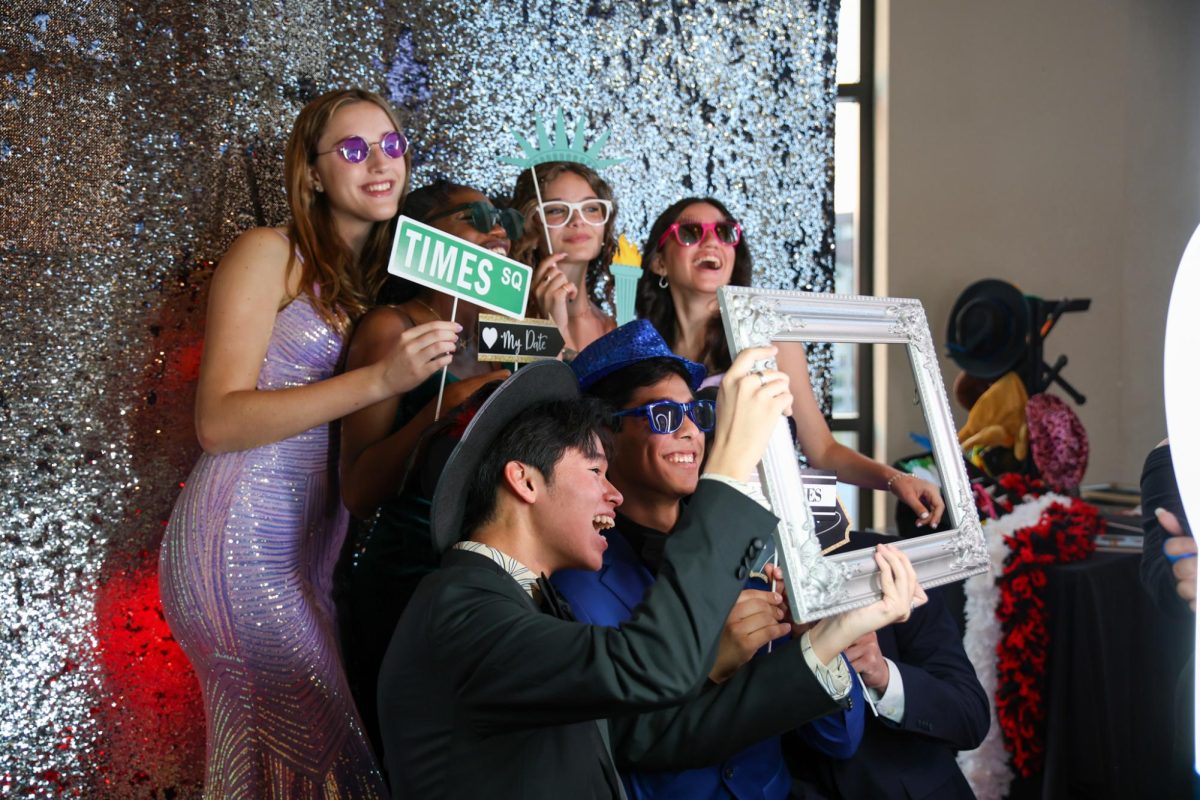
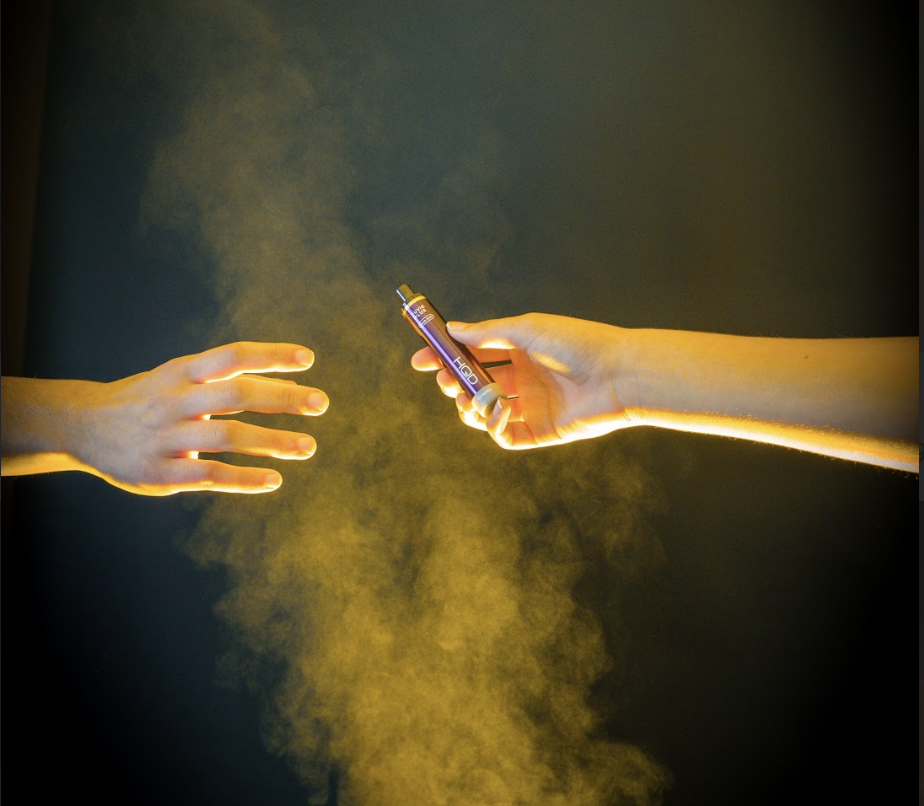

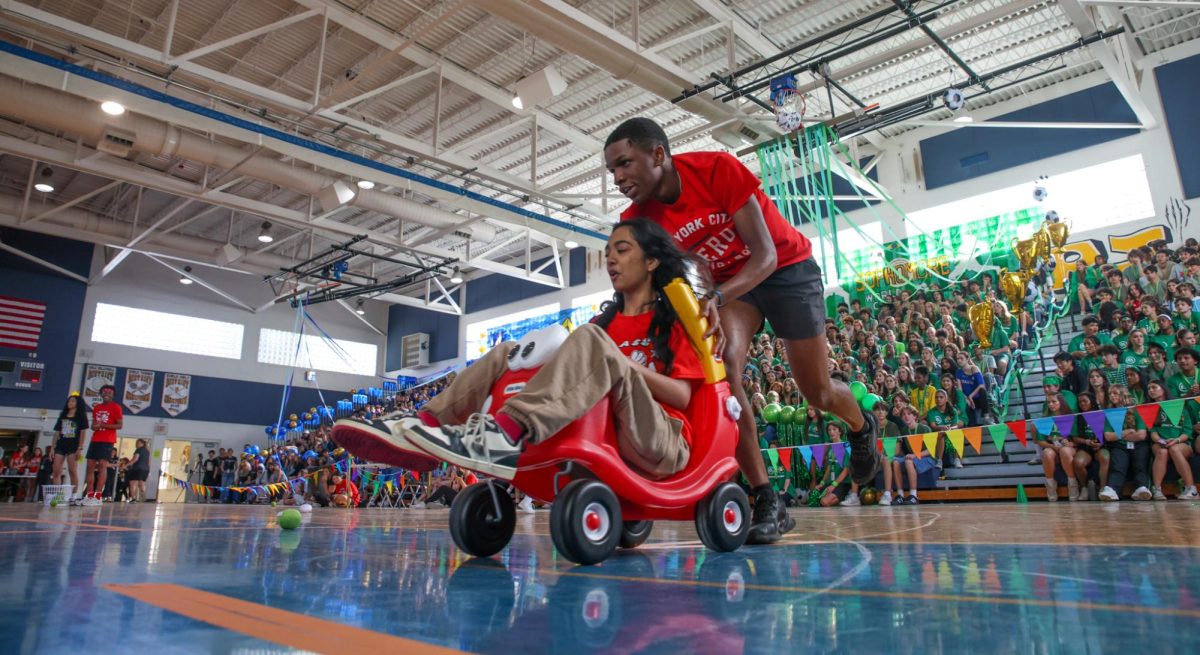
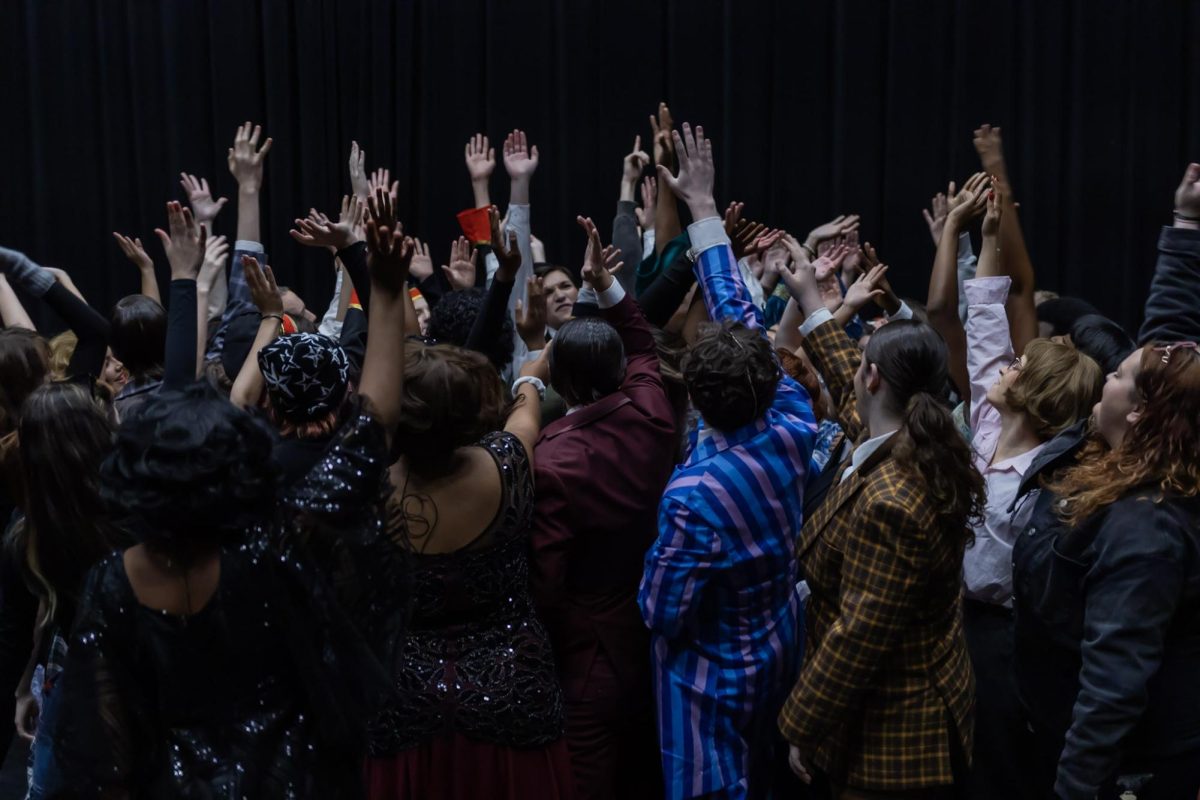
![[BRIEF] Fire Alarm Interrupts Class](https://www.themuseatdreyfoos.com/wp-content/uploads/2023/10/breaking-news-1200x927.png)
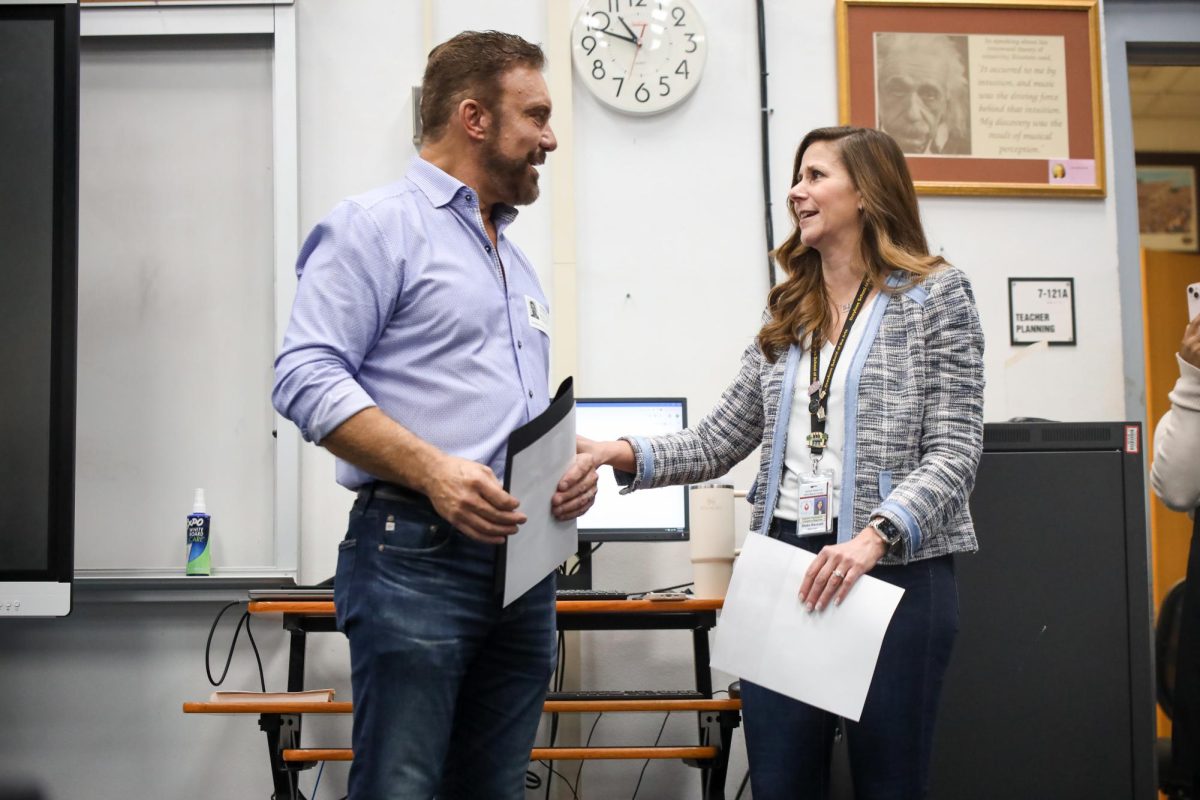
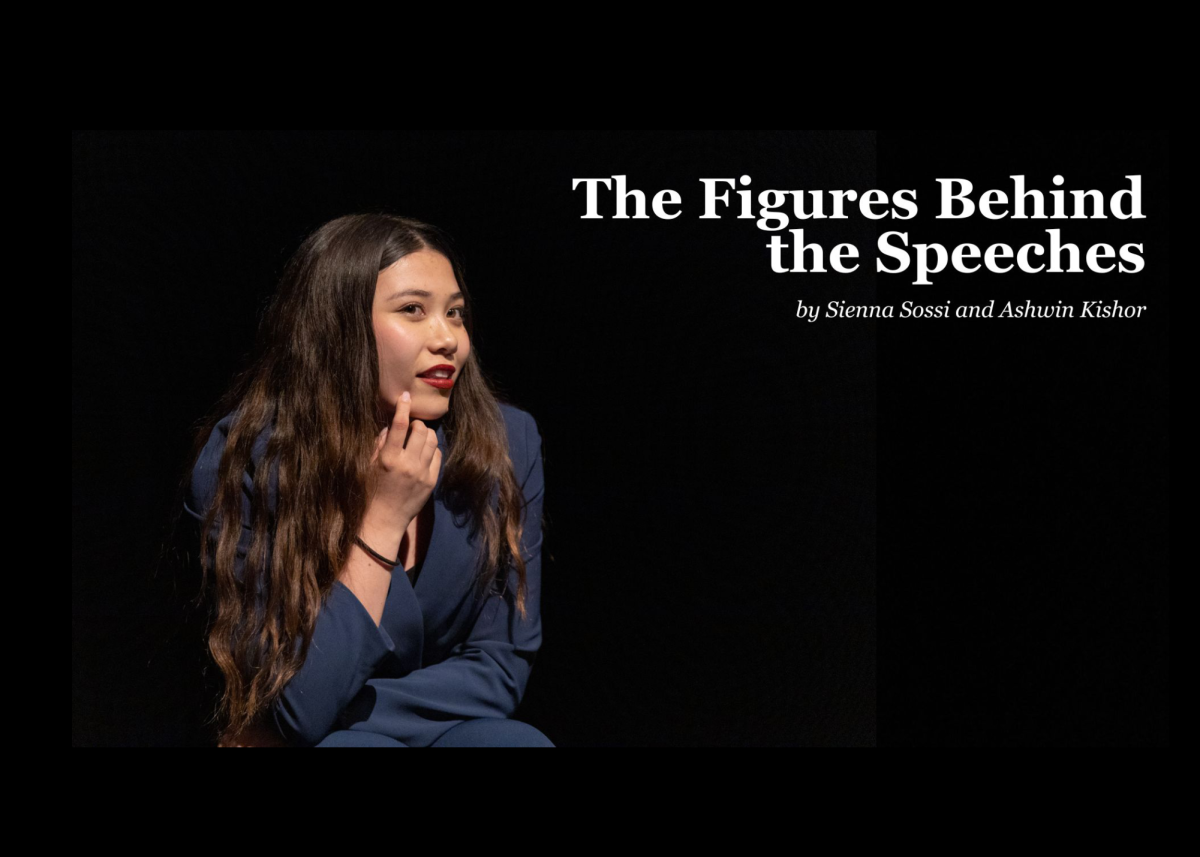
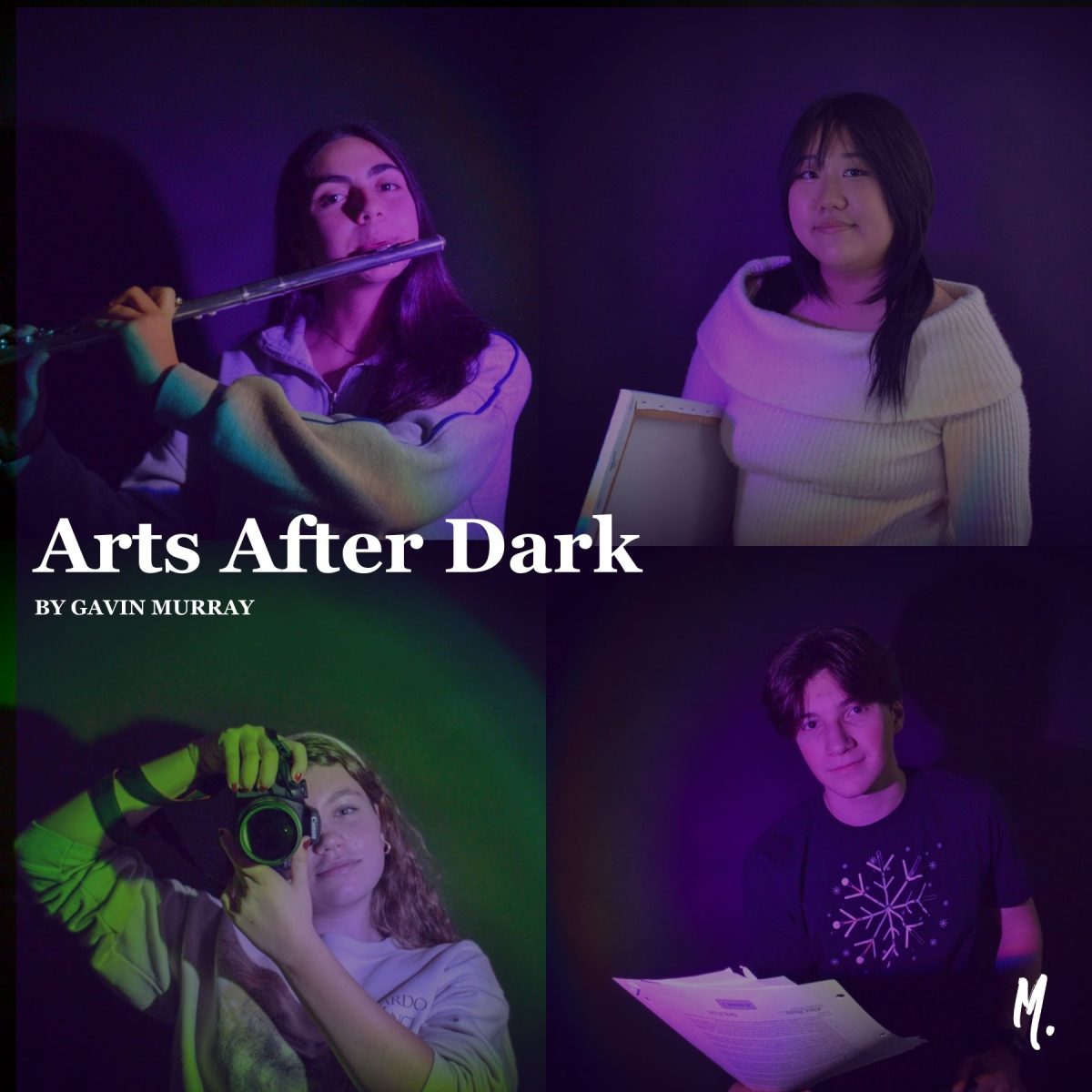
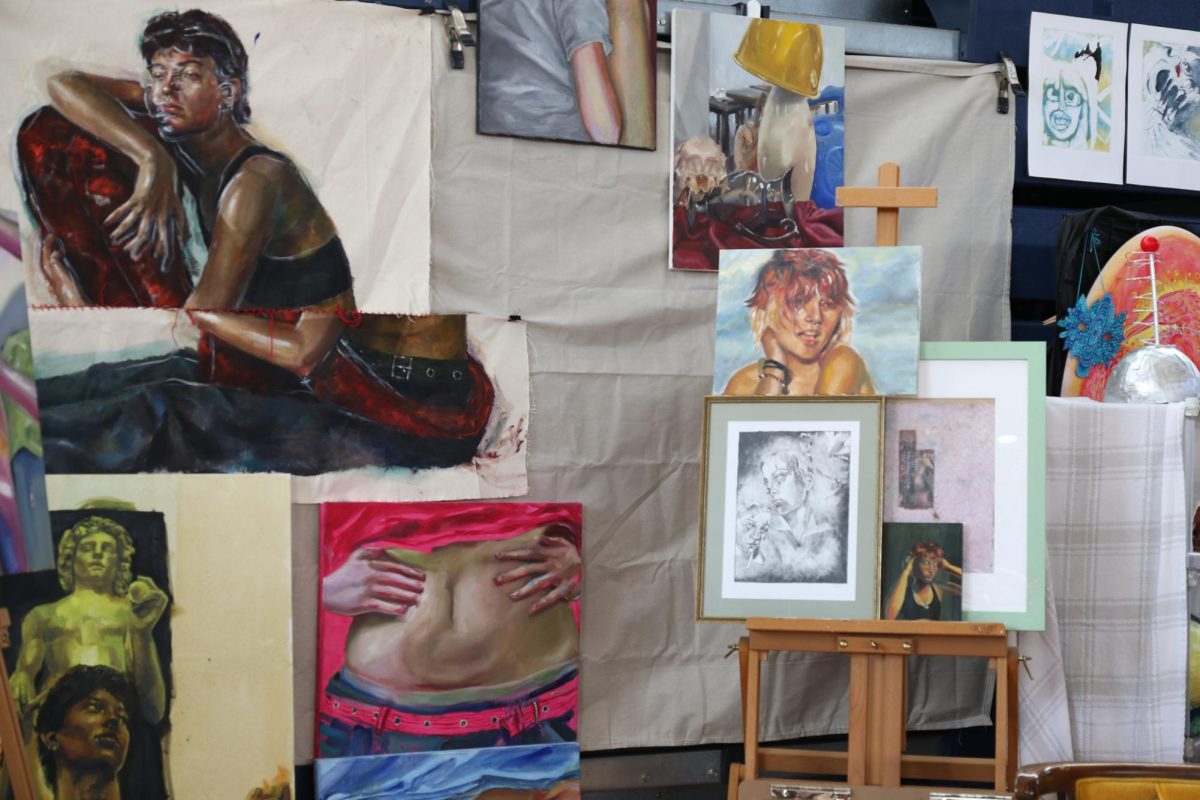
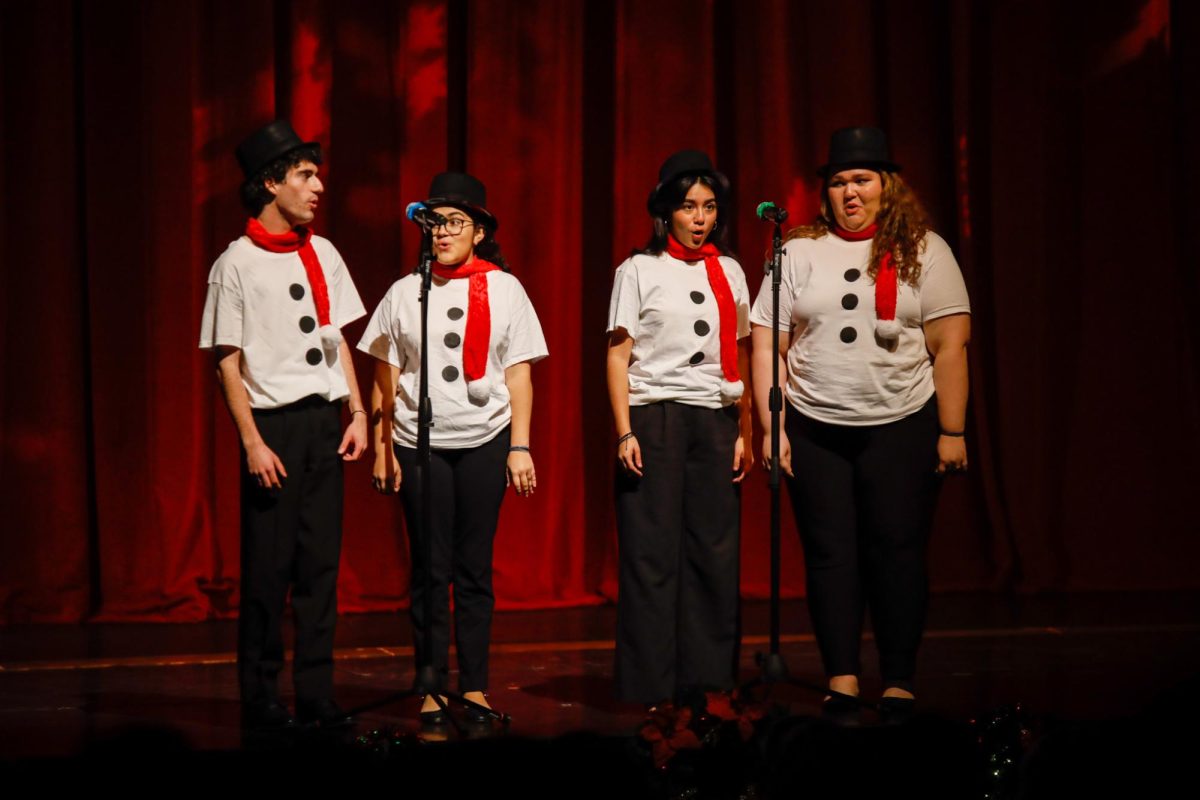
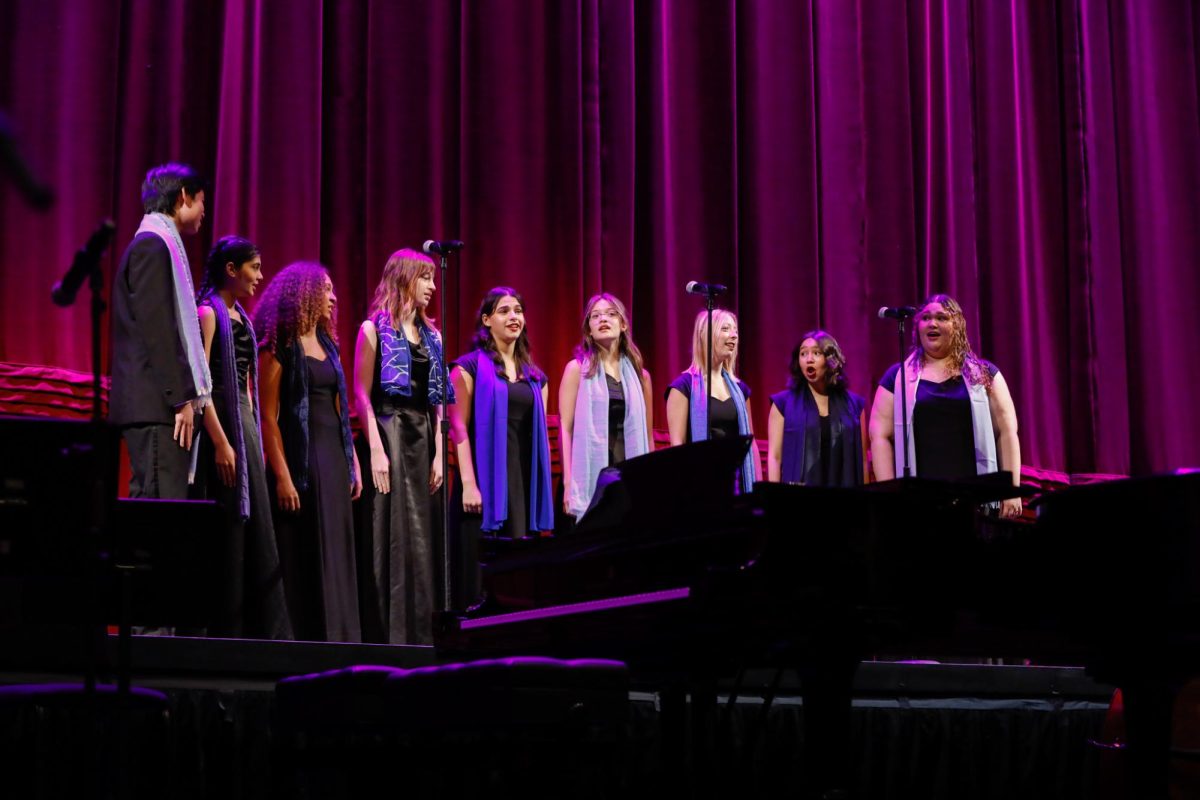
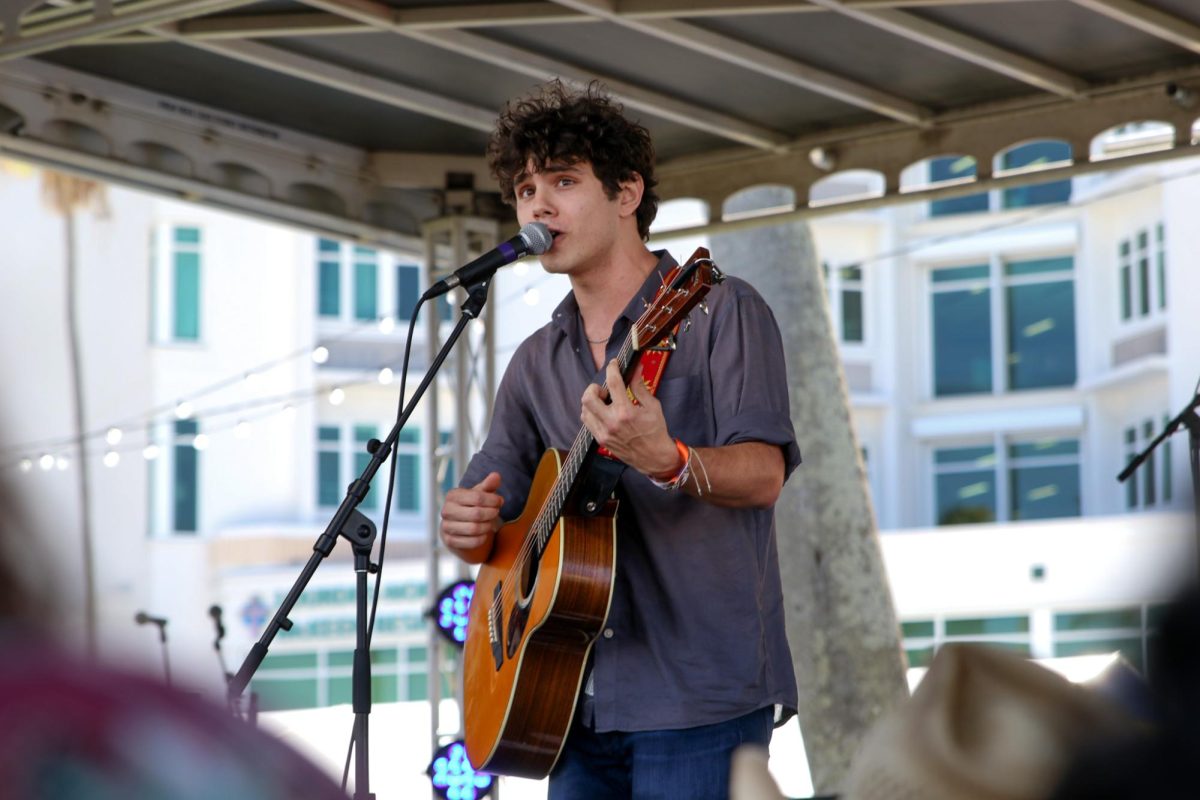
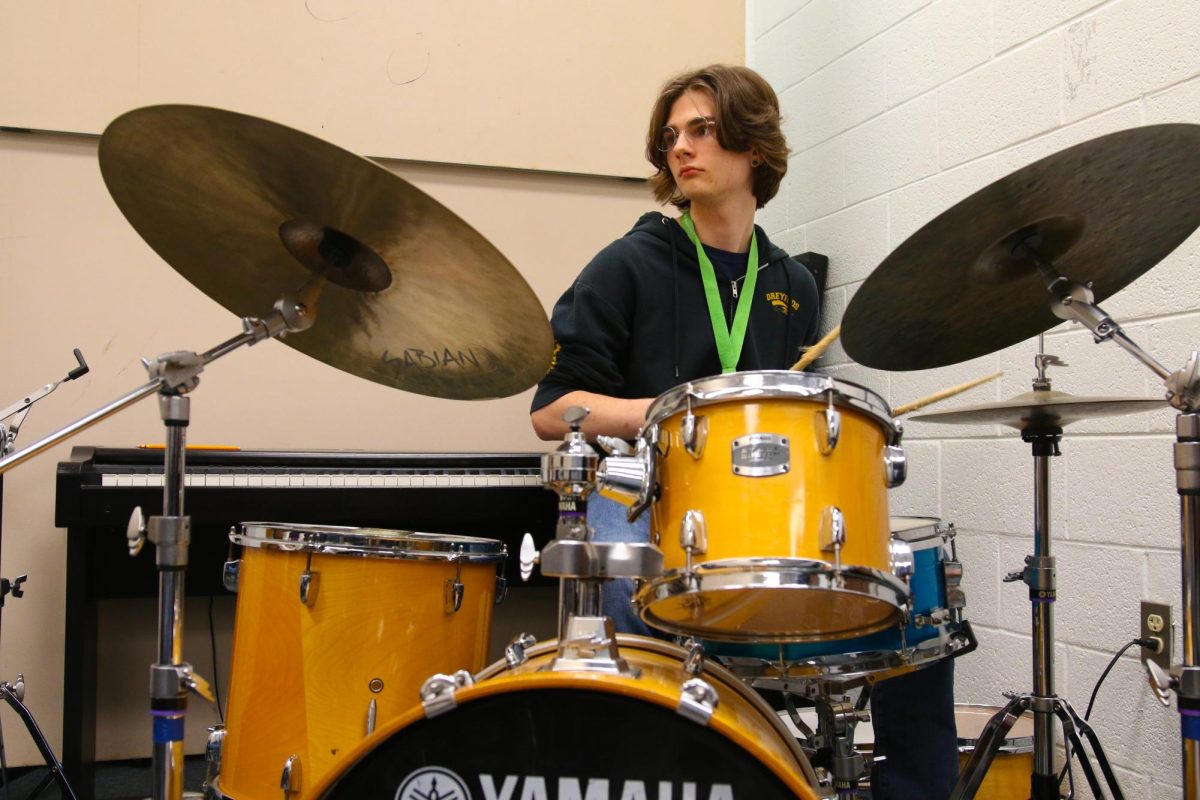
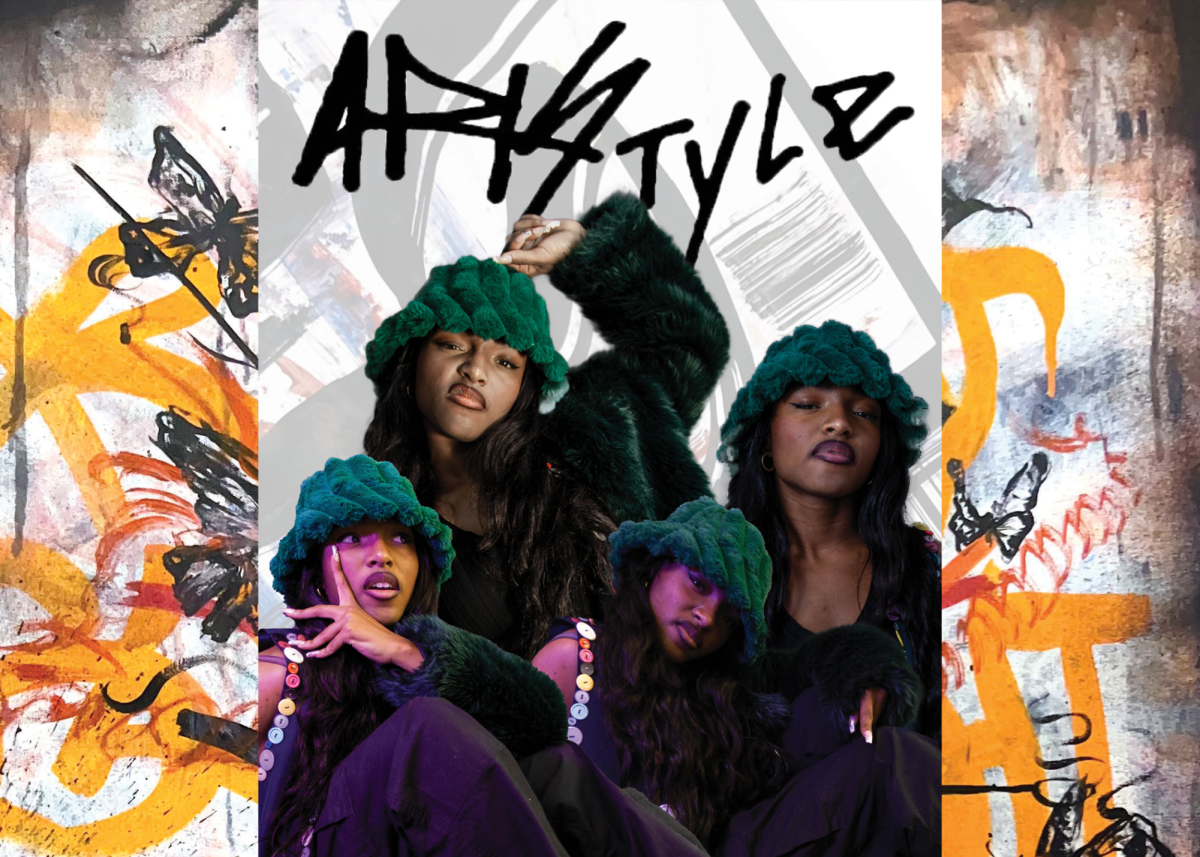
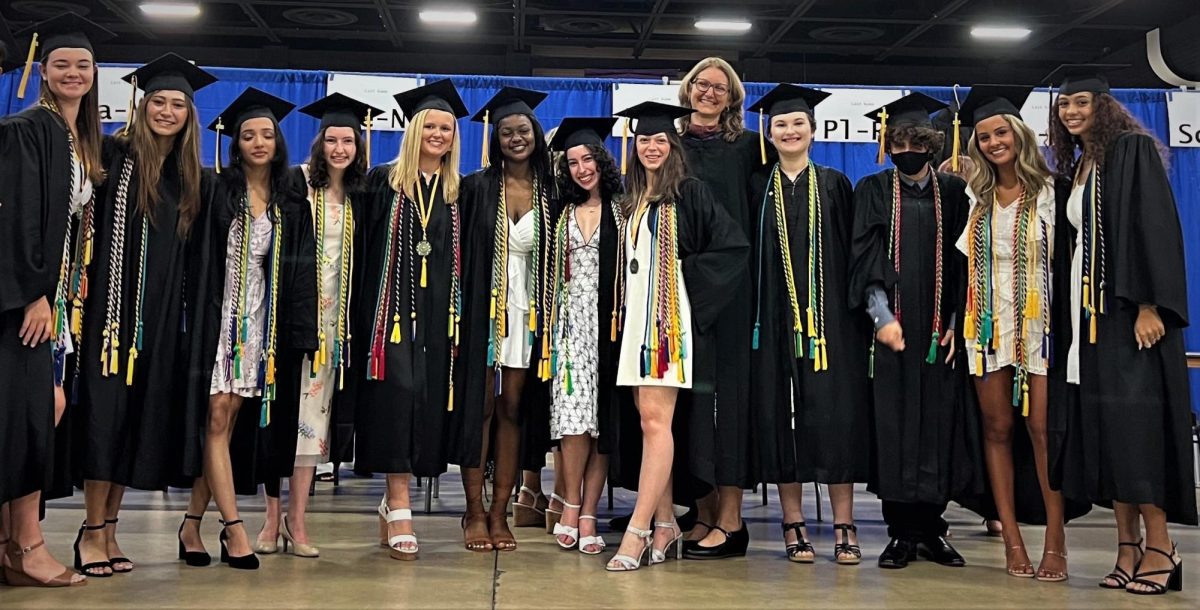


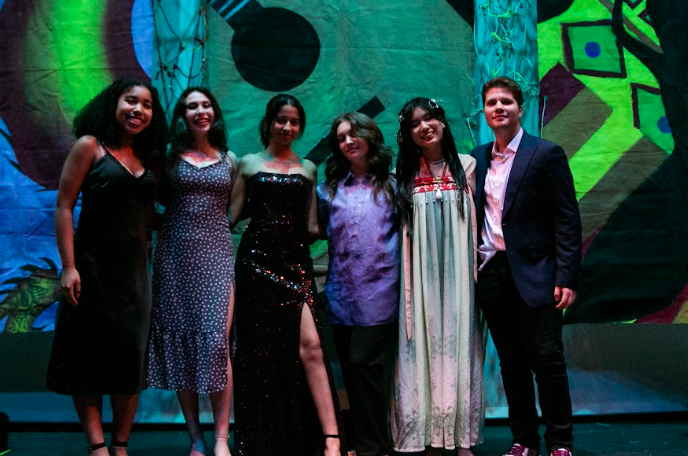
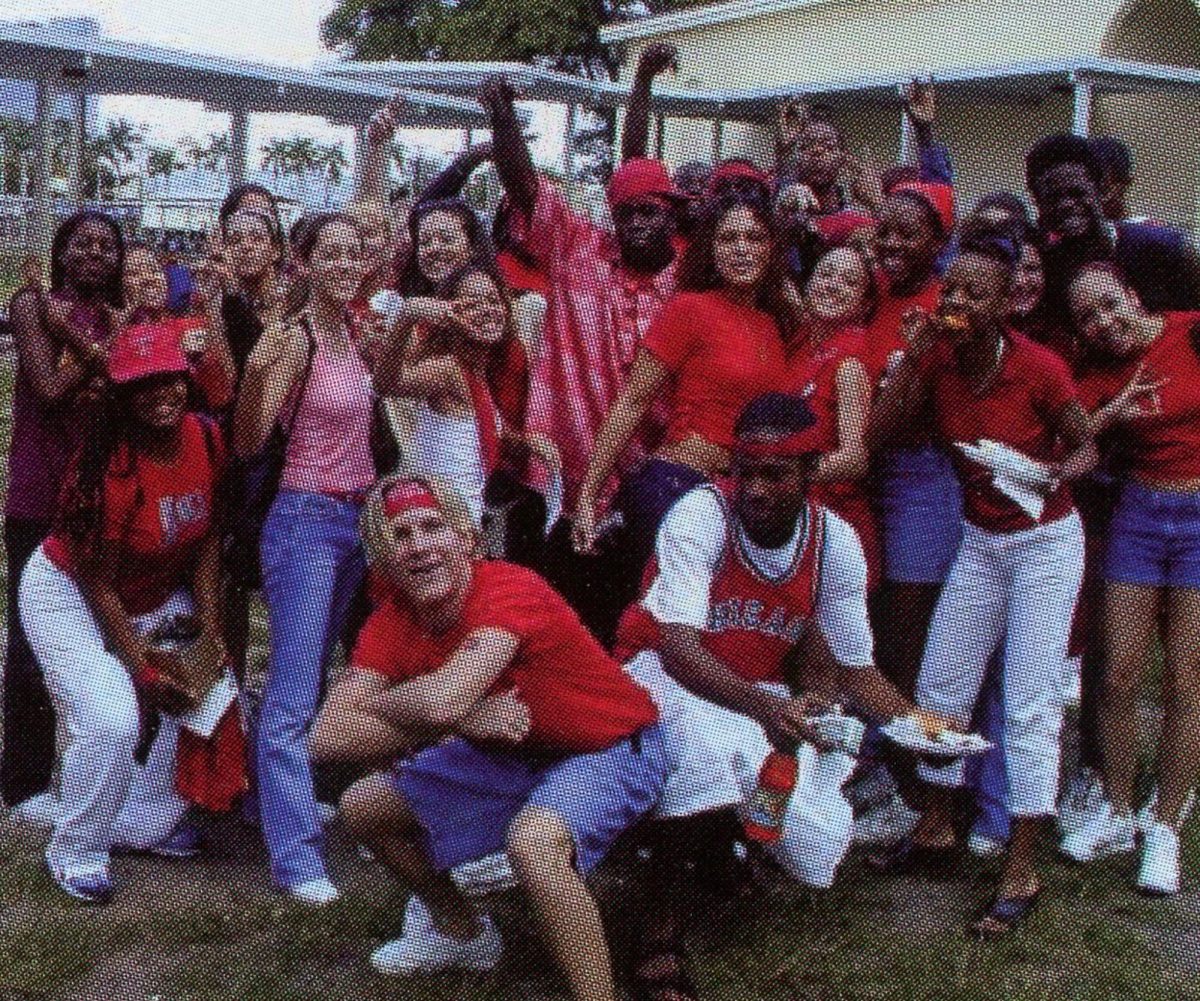
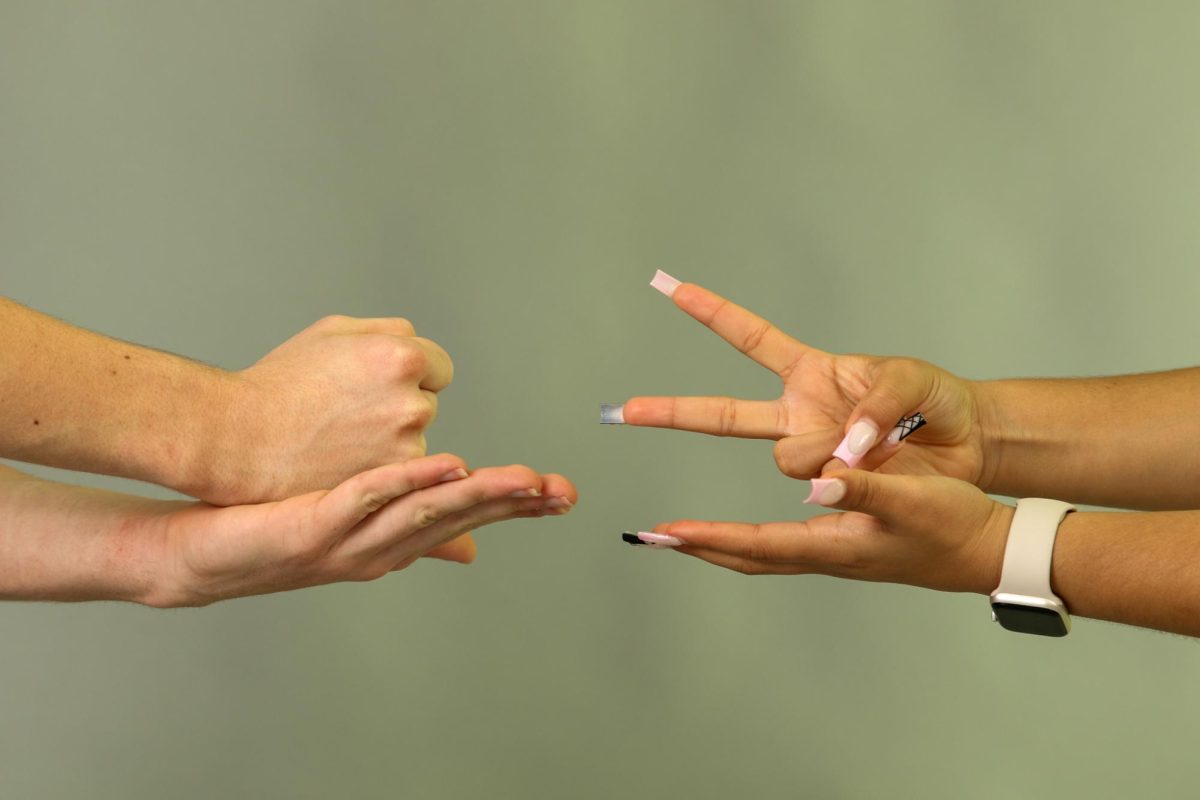

![[SATIRE] Spirit Week: Written in the Stars](https://www.themuseatdreyfoos.com/wp-content/uploads/2024/03/front.png)
